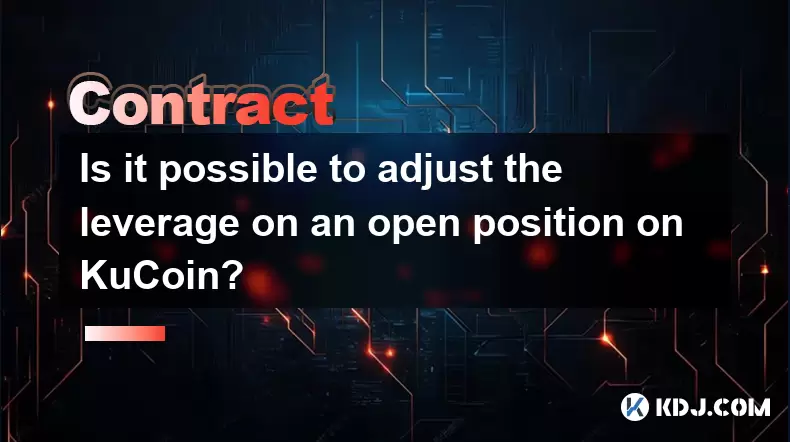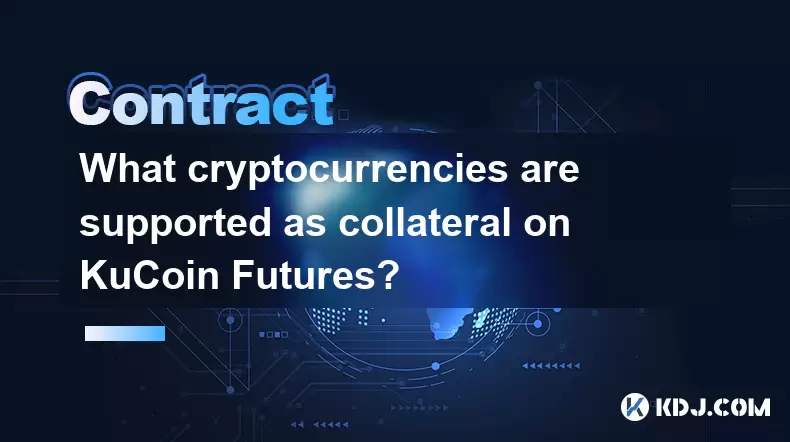-
 Bitcoin
Bitcoin $117600
0.25% -
 Ethereum
Ethereum $4424
0.10% -
 XRP
XRP $3.101
0.50% -
 Tether USDt
Tether USDt $1.001
-0.01% -
 BNB
BNB $836.2
1.26% -
 Solana
Solana $188.8
2.11% -
 USDC
USDC $1.000
0.01% -
 Dogecoin
Dogecoin $0.2301
0.57% -
 TRON
TRON $0.3485
-1.00% -
 Cardano
Cardano $0.9209
-1.34% -
 Hyperliquid
Hyperliquid $46.72
-1.19% -
 Chainlink
Chainlink $22.62
4.84% -
 Stellar
Stellar $0.4275
-0.38% -
 Sui
Sui $3.761
1.91% -
 Bitcoin Cash
Bitcoin Cash $586.7
-0.25% -
 Ethena USDe
Ethena USDe $1.001
0.01% -
 Hedera
Hedera $0.2510
2.06% -
 Avalanche
Avalanche $24.21
2.22% -
 Litecoin
Litecoin $119.7
1.07% -
 Toncoin
Toncoin $3.450
1.06% -
 UNUS SED LEO
UNUS SED LEO $9.411
-0.93% -
 Shiba Inu
Shiba Inu $0.00001298
1.20% -
 Uniswap
Uniswap $10.98
3.25% -
 Polkadot
Polkadot $3.961
2.16% -
 Dai
Dai $1.000
0.00% -
 Bitget Token
Bitget Token $4.642
0.95% -
 Cronos
Cronos $0.1514
0.57% -
 Ethena
Ethena $0.7290
3.78% -
 Monero
Monero $254.1
7.69% -
 Pepe
Pepe $0.00001102
2.47%
BigONE contract stop loss and take profit settings
BigONE's contract platform empowers traders with user-friendly stop-loss and take-profit order features to optimize risk management and profit-maximization strategies in the volatile cryptocurrency market.
Dec 02, 2024 at 04:42 am

BigONE Contract Stop Loss and Take Profit Settings: A Detailed Guide
Introduction
The cryptocurrency market is known for its volatility, and traders often use stop-loss and take-profit orders to manage their risk and maximize their profits. BigONE, one of the leading cryptocurrency exchanges, offers a user-friendly platform for setting stop-loss and take-profit orders on its contracts. This comprehensive guide will provide you with a step-by-step explanation of how to effectively use these features on BigONE.
Step 1: Understanding Stop-Loss and Take-Profit Orders
- Stop-Loss Order: A stop-loss order is used to automatically sell an asset when its price reaches a predetermined level, known as the "stop-loss price." This order helps prevent further losses by limiting the trader's drawdown.
- Take-Profit Order: A take-profit order is used to automatically sell an asset when its price reaches a predetermined level, known as the "take-profit price." This order helps secure profits by capturing a portion of the potential gain.
Step 2: Setting Up a Stop-Loss Order on BigONE
- Select the Contract: Log in to your BigONE account and navigate to the "Contract Trading" section. Select the contract you want to trade.
- Place the Order: Click on the "Place Order" button and switch to the "Conditional" tab. Select "Stop Loss" as the order type.
- Enter the Stop-Loss Price: Specify the price at which you want the stop-loss order to be triggered. Ensure that the stop-loss price is below your entry price for a short position or above your entry price for a long position.
- Choose the Margin to Use: Select the amount of leverage you want to use for your stop-loss order. A higher leverage will increase the potential profit but also the risk.
- Confirm the Order: Review your stop-loss order details and click on the "Place Order" button to submit your order.
Step 3: Setting Up a Take-Profit Order on BigONE
- Select the Contract: Navigate to the "Contract Trading" section on BigONE and select the contract you want to trade.
- Place the Order: Click on the "Place Order" button and switch to the "Conditional" tab. Select "Take Profit" as the order type.
- Enter the Take-Profit Price: Specify the price at which you want the take-profit order to be triggered. Ensure that the take-profit price is above your entry price for a short position or below your entry price for a long position.
- Choose the Margin to Use: Select the amount of leverage you want to use for your take-profit order. A higher leverage will increase the potential profit but also the risk.
- Confirm the Order: Review your take-profit order details and click on the "Place Order" button to submit your order.
Step 4: Managing and Canceling Stop-Loss and Take-Profit Orders
- View Current Orders: To view your current stop-loss and take-profit orders, navigate to the "My Orders" tab on the contract trading page.
- Canceling Orders: To cancel a stop-loss or take-profit order, click on the "Cancel" button next to the order you want to remove.
- Modifying Orders: You can also modify your stop-loss or take-profit orders by clicking on the "Edit" button next to the order.
Note:
- It's important to carefully consider the price levels you set for your stop-loss and take-profit orders. Setting them too tightly can result in premature order executions, while setting them too loosely can result in missed opportunities.
- Monitor your orders regularly to ensure they are still appropriate based on market conditions.
Disclaimer:info@kdj.com
The information provided is not trading advice. kdj.com does not assume any responsibility for any investments made based on the information provided in this article. Cryptocurrencies are highly volatile and it is highly recommended that you invest with caution after thorough research!
If you believe that the content used on this website infringes your copyright, please contact us immediately (info@kdj.com) and we will delete it promptly.
- Kazakhstan's Crypto Leap: Bitcoin ETF and Central Asia's Digital Finance Future
- 2025-08-13 12:45:19
- BlockDAG Presale Blazes Past $371M: Fundraising Frenzy Fuels Crypto Sensation
- 2025-08-13 13:05:21
- Meme Coins: Chasing the 2025 Surge – Which Will Moonshot?
- 2025-08-13 10:25:23
- Bitcoin's Wild Ride: Rally, Pullback, and What's Next
- 2025-08-13 10:25:23
- Bitcoin, Bitmax, and Institutional Demand: A New Era of Crypto Investment
- 2025-08-13 10:45:12
- Solana, ROAM, and Airdrops: What's the Buzz in 2025?
- 2025-08-13 11:35:13
Related knowledge

Is it possible to adjust the leverage on an open position on KuCoin?
Aug 09,2025 at 08:21pm
Understanding Leverage in KuCoin Futures TradingLeverage in KuCoin Futures allows traders to amplify their exposure to price movements by borrowing fu...

What cryptocurrencies are supported as collateral on KuCoin Futures?
Aug 11,2025 at 04:21am
Overview of KuCoin Futures and Collateral MechanismKuCoin Futures is a derivatives trading platform that allows users to trade perpetual and delivery ...

What is the difference between realized and unrealized PNL on KuCoin?
Aug 09,2025 at 01:49am
Understanding Realized and Unrealized PNL on KuCoinWhen trading on KuCoin, especially in futures and perpetual contracts, understanding the distinctio...

What different order types are available to use on KuCoin Futures?
Aug 13,2025 at 11:35am
Understanding Order Types on KuCoin FuturesKuCoin Futures offers a comprehensive range of order types to accommodate different trading strategies and ...

How does KuCoin Futures compare against Binance Futures in terms of features?
Aug 09,2025 at 03:22am
Trading Interface and User ExperienceThe trading interface is a critical component when comparing KuCoin Futures and Binance Futures, as it directly i...

How can I manage risk when applying high leverage on KuCoin?
Aug 13,2025 at 11:35am
Understanding High Leverage and Its Implications on KuCoinHigh leverage in cryptocurrency trading allows users to control larger positions with a rela...

Is it possible to adjust the leverage on an open position on KuCoin?
Aug 09,2025 at 08:21pm
Understanding Leverage in KuCoin Futures TradingLeverage in KuCoin Futures allows traders to amplify their exposure to price movements by borrowing fu...

What cryptocurrencies are supported as collateral on KuCoin Futures?
Aug 11,2025 at 04:21am
Overview of KuCoin Futures and Collateral MechanismKuCoin Futures is a derivatives trading platform that allows users to trade perpetual and delivery ...

What is the difference between realized and unrealized PNL on KuCoin?
Aug 09,2025 at 01:49am
Understanding Realized and Unrealized PNL on KuCoinWhen trading on KuCoin, especially in futures and perpetual contracts, understanding the distinctio...

What different order types are available to use on KuCoin Futures?
Aug 13,2025 at 11:35am
Understanding Order Types on KuCoin FuturesKuCoin Futures offers a comprehensive range of order types to accommodate different trading strategies and ...

How does KuCoin Futures compare against Binance Futures in terms of features?
Aug 09,2025 at 03:22am
Trading Interface and User ExperienceThe trading interface is a critical component when comparing KuCoin Futures and Binance Futures, as it directly i...

How can I manage risk when applying high leverage on KuCoin?
Aug 13,2025 at 11:35am
Understanding High Leverage and Its Implications on KuCoinHigh leverage in cryptocurrency trading allows users to control larger positions with a rela...
See all articles

























































































